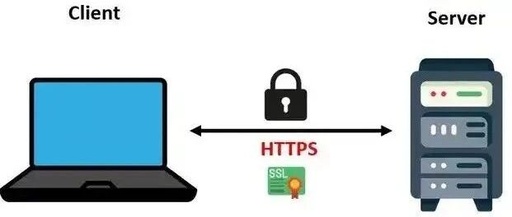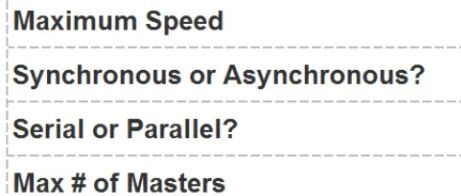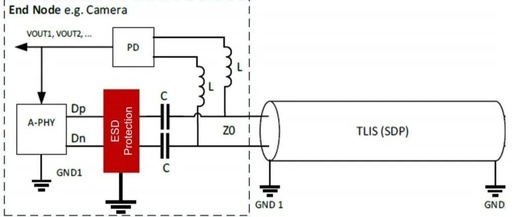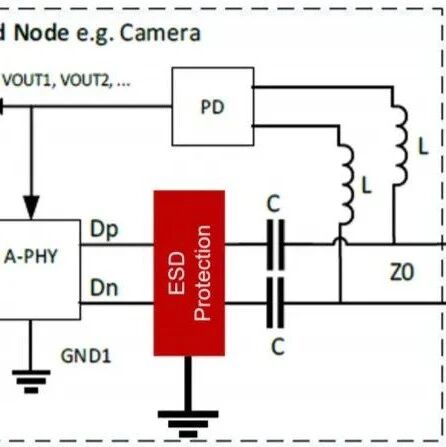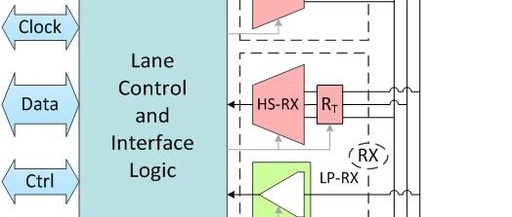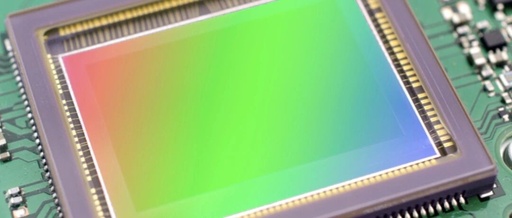Understanding the Differences Between HTTP and HTTPS: Significant Differences, HTTP Can Leak Information!
Communication Knowledge When browsing the internet, have you noticed that some websites have URLs starting with HTTP:// while others start with HTTPS://? HTTP and HTTPS are two protocols used for transmitting information over the internet. Although they serve similar functions, there are significant differences in terms of security and application scenarios. This article will detail … Read more
